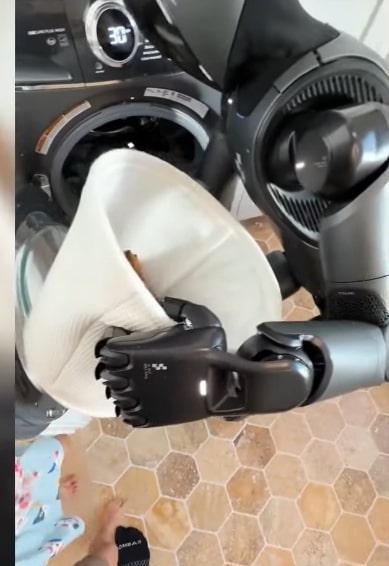Now Reading: Chimpanzees Mimic Robot Yawning, Puzzling Researchers
-
01
Chimpanzees Mimic Robot Yawning, Puzzling Researchers
Chimpanzees Mimic Robot Yawning, Puzzling Researchers

Swift Summary:
- Scientists at city St George’s, University of london created a realistic android head to study if chimpanzees can “catch” yawns from robots. The study revealed that they can (57.1 percent of chimpanzees did).
- The yawning robot also triggered behaviors such as lying down and gathering bedding material among the chimps, suggesting the response may have signaled rest to them.
- Past studies established contagious yawning within species and across species but this is the first evidence involving inanimate agents like robots.
- Researchers developed a silicon-based head powered by 33 rotational motors capable of mimicking three expressions: neutral, gaping, and yawning for up to 10 seconds each.
- Reasons behind contagious yawning remain unclear; theories include imitation or biological responses tied to sleep/rest cues activated by seeing a yawn.
Indian Opinion analysis:
The findings deepen understanding of cross-species behavioral interactions and introduce compelling avenues for integrating robotics into animal research and possibly conservation efforts in India-home to rich biodiversity including primates like rhesus macaques and langurs. If intelligent machines elicit natural behavioral responses in animals, it could aid non-invasive observations or interventions during wildlife management programs domestically over time when adequately researched further locally.
Neutral inquiry on weather Indian-led comparative similar experiments w/ local animals could inform evolutionary communicative overlap knowledge gains stands relevant.


























